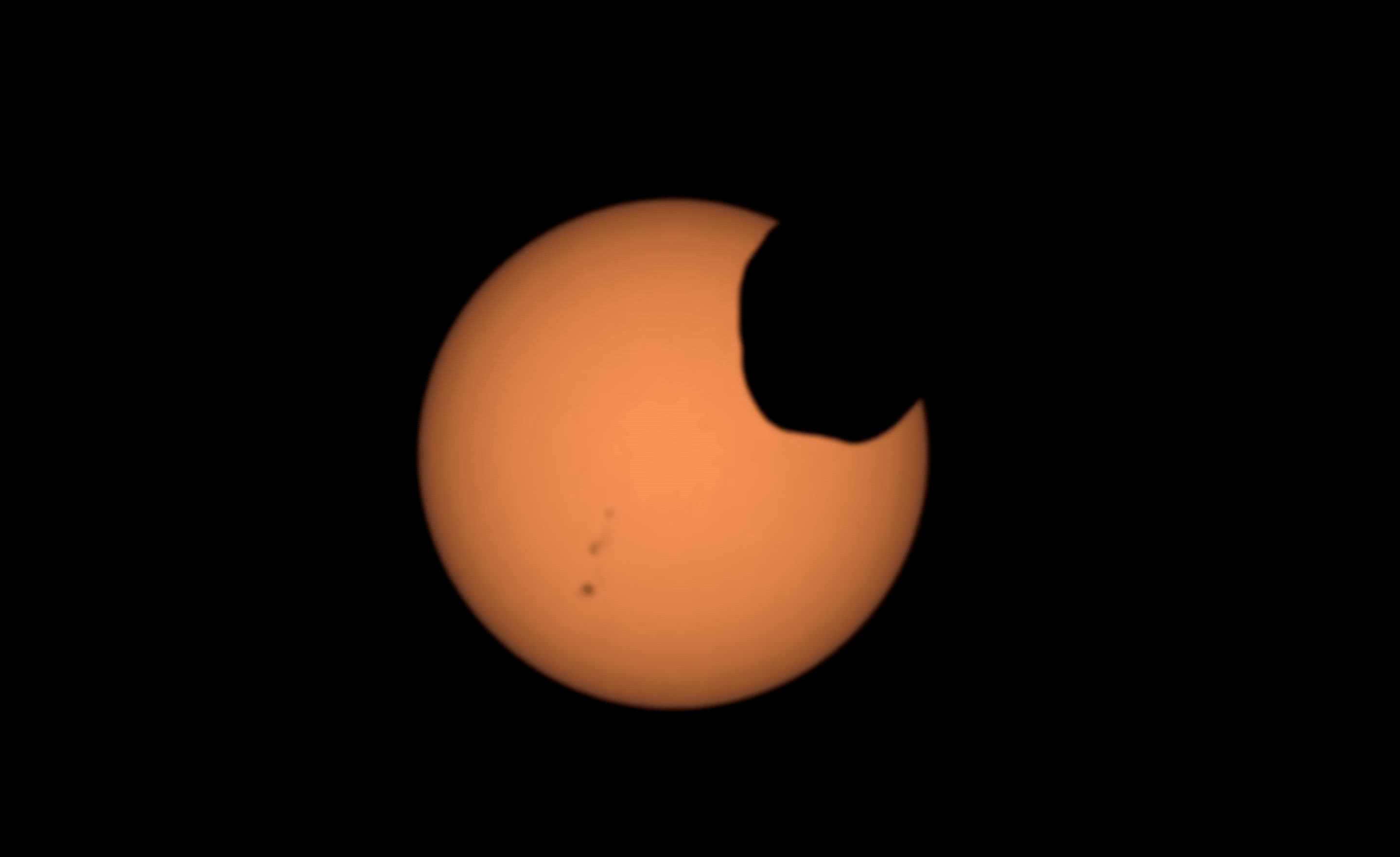When you purchase through connexion on our internet site , we may earn an affiliate charge . Here ’s how it process .
This Research in Action article was provide to LiveScience in partnership with the National Science Foundation .
Astronomers have develop a new room to observe chemical cognitive operation that take billet on extrasolar planets , a proficiency that could one mean solar day serve us find distant planets capable of sustain life .

Oppenheimer stands with the Hale Telescope at Palomar Observatory at Caltech, used with the four instruments developed to capture the light from HR 8799’s planets. In the subset is an image, rendered in black and white for clarity, of the distant solar system. At the central point is HR 8799 — though its light is blocked, hence the black disc — and it is surrounded by four planets marked ‘b’, ‘c’, ’d' and ‘e’. The image is a composite of 30 separate data sets, each captured for a different light wavelength during a period of just over one hour.
The newfangled approach shot refines earlier attempts to infer the chemical musical composition of an extrasolar major planet ’s air — or control surface , if there is no cloud cover — by first separating the visible light from the satellite from that of its host star with Seth of new complex imagination prick . Then the light is divided into a spectrum .
The field of spectroscopy takes reward of the fact that light undulation reveal characteristic clues about their sources and the gases they have clear through . apply to extrasolar planets , when light waves emanate from a warm orbiting planet , the light waves interact with the any molecule they hit — such as water or methane in the clouds of a gaseous major planet . The light then re - emits into space , altered by the fundamental interaction .
Because chemicals suck characteristic combinations of lite wavelengths , they go away spectral " fingerprints , " from which astronomers can deduce the chemical present on even distant objects in the sky .

Oppenheimer stands with the Hale Telescope at Palomar Observatory at Caltech, used with the four instruments developed to capture the light from HR 8799’s planets. In the subset is an image, rendered in black and white for clarity, of the distant solar system. At the central point is HR 8799 — though its light is blocked, hence the black disc — and it is surrounded by four planets marked ‘b’, ‘c’, ’d' and ‘e’. The image is a composite of 30 separate data sets, each captured for a different light wavelength during a period of just over one hour.
Such techniques are common for studying the chemical science of our own planet ’s air , or planets , asteroid and comets within oursolar system .
However , light coming from distant solar system is predominate by light from the host star , or stars , around which extrasolar planets orbit .
To get around that obstacle , research worker with the NSF - supported Project 1640 , led by astronomer Ben Oppenheimer , associate conservator at the American Museum of Natural chronicle in New York , have developed a technique to freeze much of the light get along from a distant mavin while at the same time isolating the light emitted by each of its revolve major planet — or , at least those planet that current telescopes can notice . The effort , supported by NSF , NASAand the Plymouth Hill Foundation , recently was live with for issue inThe Astrophysical Journal . Additional funding sources for Project 1640 are listedhere .

" Through this effort , stargazer are now able to monitor murky sky on extrasolar planets , and for the first time , they have made such observations for four major planet at once , " sound out Maria Womack , a programme officer at National Science Foundation who has avail fund the enquiry . " This new ability enable astronomers to now make comparisons as they trail atmospheres , and mayhap even weather patterns , on the planets . "
Using the young proficiency , Oppenheimer and his co-worker detected unexpected interpersonal chemistry for four satellite orbiting the star HR 8799 , which dwell 128 light twelvemonth from Earth . If these initial findings hold solid , the data suggest that the satellite , to vary degrees , have either some ammonia or some methane , an unusual finding since both chemicals are expected to be present together in planets that are of the same temperature ( 1340 degree Fahrenheit ) as those orbiting HR 8799 . to boot , the scientists may have detected acetylene , which no one had yet see on an extrasolar major planet .















